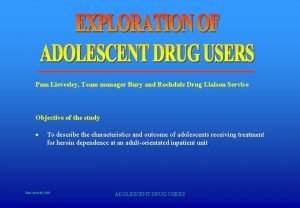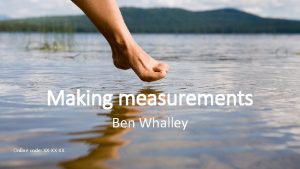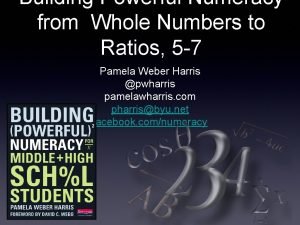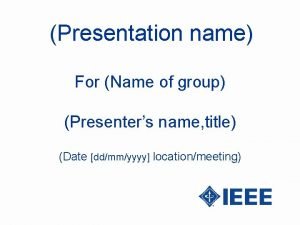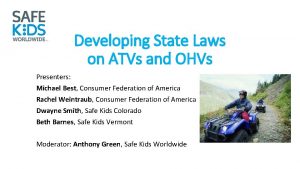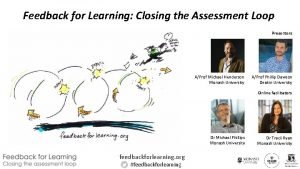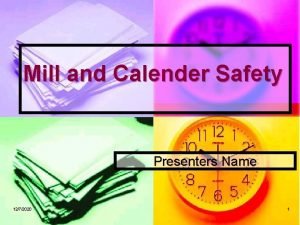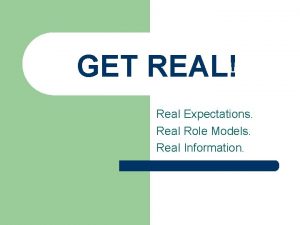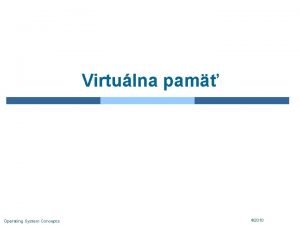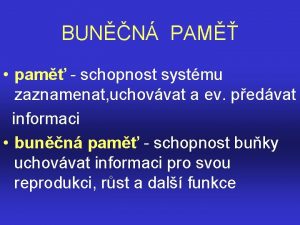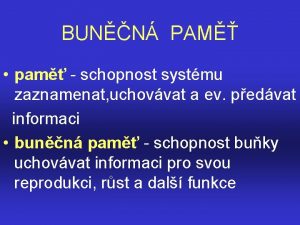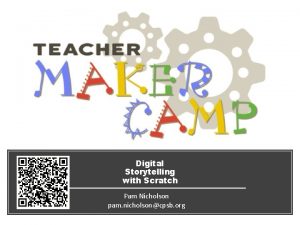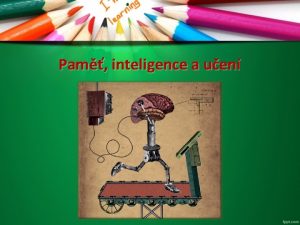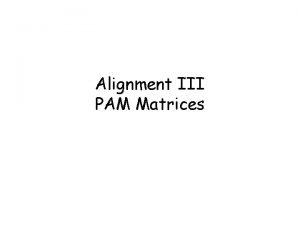Real World Math Presenters Pam Whalley Center for














- Slides: 14

Real World Math Presenters Pam Whalley, Center for Economic and Financial Education Bobby De. Grouche, Financial Fellow

Why Teach Math/Personal Finance in Your Classes? • Only one in six U. S. students receives financial education • 90% of parents think that k-12 schools should teach personal finance • ( https: //investor. equifax. com/news-and-events/news/2018/04 -30 -2018140352714) • Financial education • Decreases the amount students borrow as they head to college. (Average debt per borrower: $32, 731 , Forbes) • Increases the use of lower cost student loans • Decreases credit card balances • Higher credit scores • Lower default rates • Gives people more control over their lives

Making Consumer Choices: Which is the Better Buy? • Basic set-up: you are given a purchase decision with two applicable coupons. You must decide which coupon generates the largest discount for your planned purchase • Kahooting—Five questions • The first two questions you only have 30 seconds to answer • The last three questions, you have 1. 5 minutes to answer • Accuracy and Speed both count • Kahoot. it • How did you approach the problem? • Financial Fitness for Life, 6 -8

Washington State Financial Education Standards • Financial Decision Making • Make criterion-based financial decisions by systematically considering alternatives and consequences. • Spending and Saving • Develop a plan for spending and saving • Apply consumer skills to spending and saving decisions.

https: //www. treasurydirect. gov/in div/tools_moneymath. htm


Standards and Concepts • Financial Education Standards • Employment and Income • Explore job and career options. Mathematics: • understand numbers • work flexibly with fractions, decimals, and percents • ways of representing to solve problems • numbers, relationships • develop meaning for percents greater than 100 and less than • numbers to solve problems

Part One • Distribute Problem cards • Each card describes a person with a particular occupation and a problem facing that person • Read the cards, decide what types of math skills/calculations each person must use to solve his or her problem, solve the problem where possible, and explain their reasoning in words. • Activity 3. 1 Math is Everywhere

Card One--Example

Card Two--Example

Card Three--Example

Card Four--Example

Debrief • What did all people described on the cards have in common? • What types of mathematics skills were required? • Think of other occupations that also require the use of mathematics skills. • Can you think of tasks that you or others at home do that require the use of mathematics?

